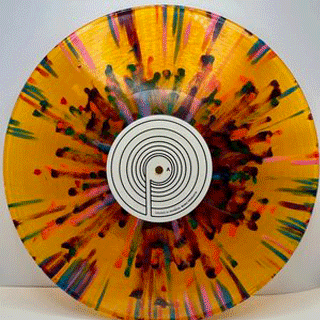The Mekons do their legend justice at the Lodge Room
Staff Editor on
0

By SCOTT TIMBERG
Between English post-punk, a Hank Williams-inspired brand of ragged country and Kathy Acker’s demented fairy tales, the Mekons have deep and incongruous musical roots. Forty years after their debut LP, they’ve come to represent the beauty of soldiering on, integrity intact. But with all that symbolic baggage — they are now bona fide underdog legends — can the Mekons really rock? Or rather, for a group full of irony and self-consciousness, can they “rock”?
Well, yes, thank you, but first there’s the matter of these ruffians in the front row: Perhaps appropriately for a band that sometimes resembles a bar brawl crossed with an art history seminar, Monday night’s show at the Lodge Room almost stopped dead when singer Sally Timms called out a few fans either fighting or filming — she mentioned both — from the front row. “Wait, wait, wait,” she announced. “We’re too old for this. What the fuck is going on?”
Ne’er-do-wells dispatched by a combination of Timms’ protest and Lodge Room security, the band continued with its boozy, ragged mix: eight musicians onstage, at least five of them singing, and salty, sharp banter between songs about Thatcher and the late Art Neville (“who never went onstage without a loaded revolver under his organ,” according to band co-founder and guitarist Jon Langford).
The Mekons emerged in the late 1970s out of Britain’s industrial North, that land of music and myth and Marx that gave the world so much genius between punk and Madchester days. Though they’ve mostly relocated to the States by now, Langford announced the band as “The Mekons, from Leeds.” Alongside Timms and Langford, the show was dominated by lead guitarist Tom Greenhalgh, a man with a 17th century face and a great Northern voice who repeatedly asked for his instrument to be turned down.
At their founding, the Mekons seemed like an art-school lark, its members barely competent on their instruments, and the group nearly broke up a few years later after two unimpressive LPs. But punk is now heritage music, dad rock, or gone: The Clash will never play again, nor will The Jam; most of the rest are dead or touring with remnants and ringers.
This time around — and though this show was packed, Langford joked about the 30 to 45 people who typically attended their Southland gigs — some of the overstuffed style included a California influence: Their latest, well-received record, “Deserted,” was recorded near Joshua Tree, and the band opened with “Lawrence of California” and played several new numbers near the end.
It would have been nice to hear more from the group’s greatest album, “The Mekons Rock ‘n Roll.” “Club Mekon” and “Empire of the Senseless” have far better hooks than most of Monday’s setlist. Most of the show was fun and strong without becoming transcendent … until the end: Between the closing numbers and encores (the classic “Memphis Egypt,” country cover “Wild and Blue” and the lovely new song “How Many Stars”), the Mekons made you believe. Could it be their faith that keeps these cynics and sinners alive?
It’s not clear if one of the last surviving groups from England’s punk scene are the end of something, or the beginning of something else. Who knew that the fountain of youth was full of fear and whiskey?
Scott Timberg is an L.A.-based author and freelance writer who covers books, music and popular culture.


Leave a ReplyCancel reply